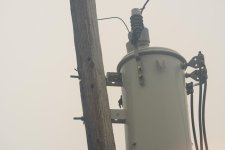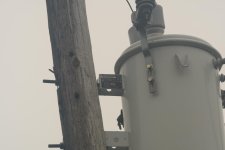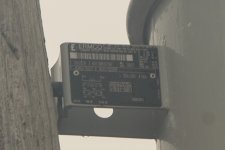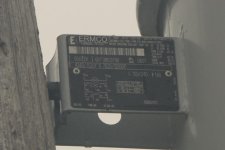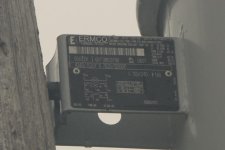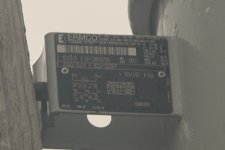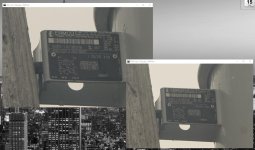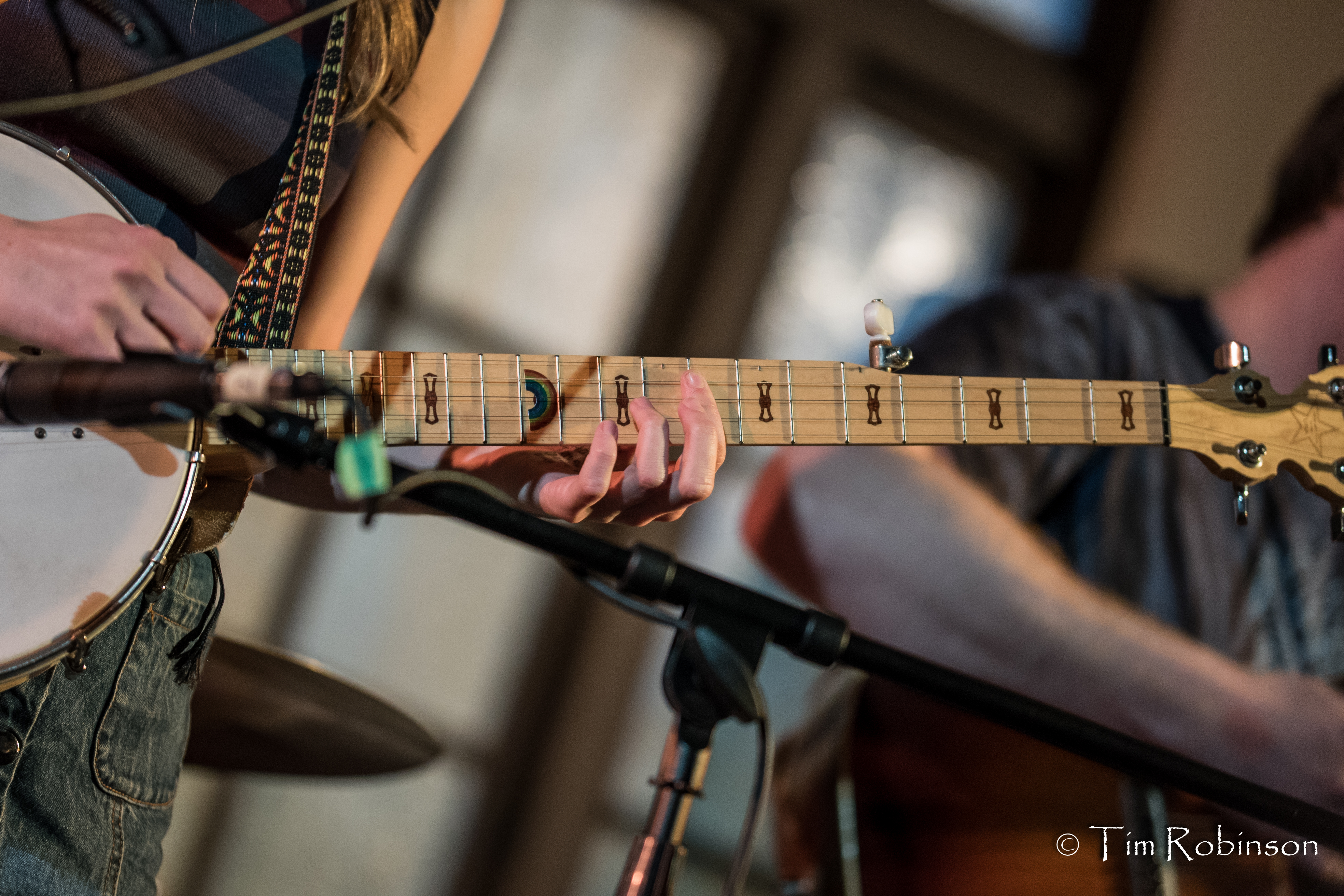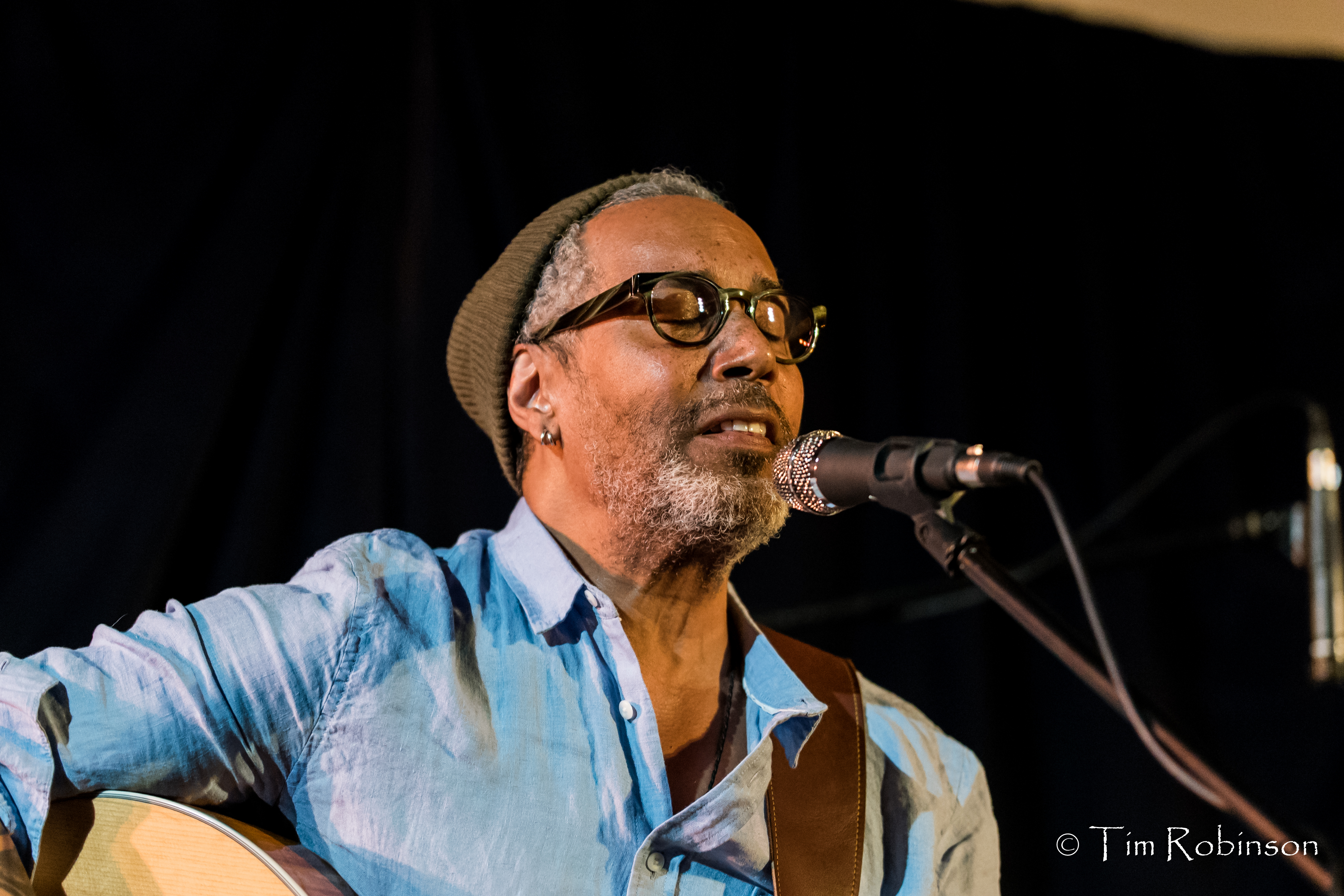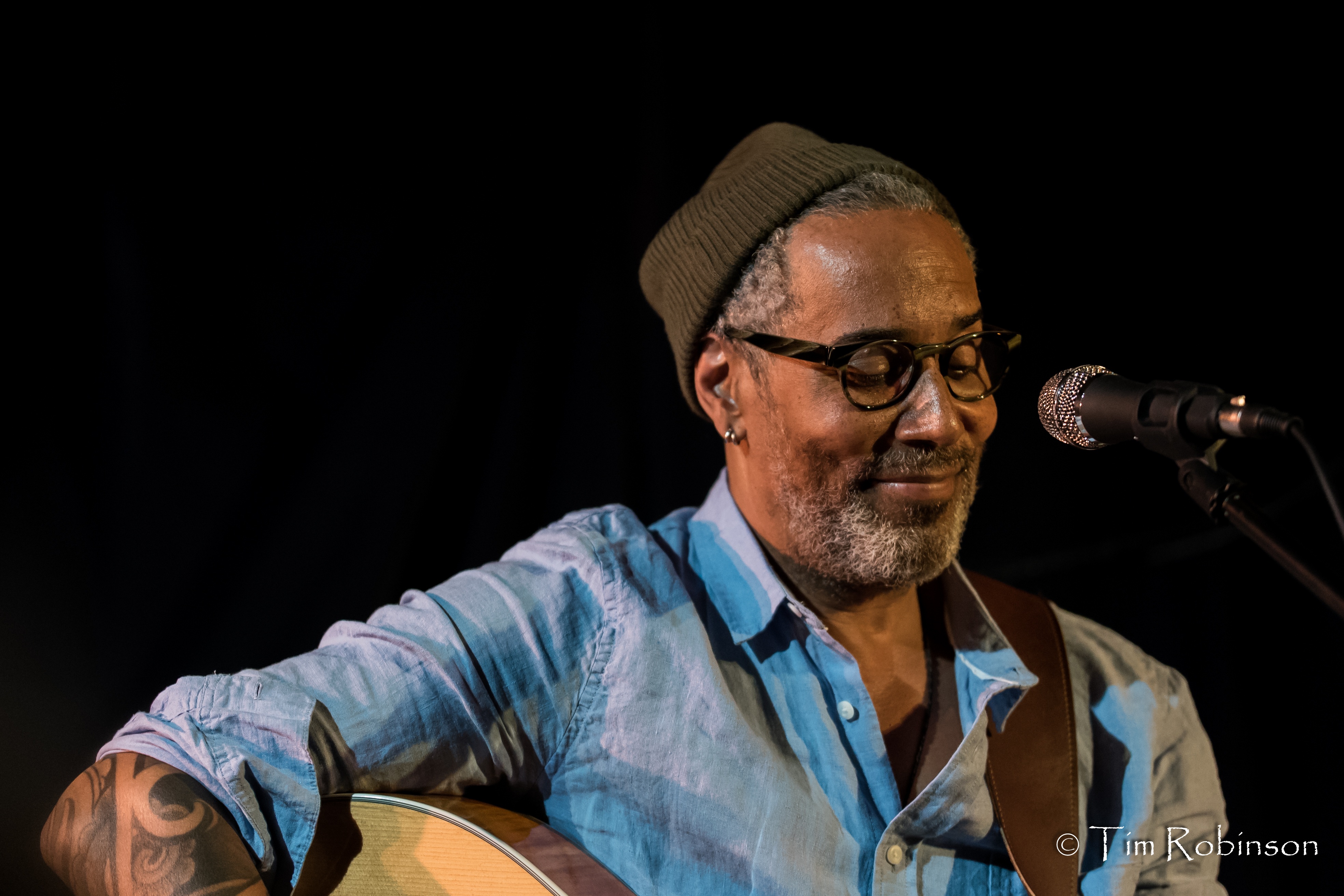I've done a lot of reading on this topic. If there is no difference in pixel density, there is no difference in "reach", period. I think we may be talking about two different things here. The crop factor is just how much the FOV changes compared to full frame. The lens is not zooming in any more, it's simply showing a crop of what you'd see on a FF camera
Reach, OTOH, is how many pixels I can put on target (bird, deer, whatever). To me, that's the real advantage of using a DX camera with high px density. It's discussed more here, but I agree with this guy's post:
"My point is that a discussion of the "reach" advantages of a format can only be effective if the participants have a common understanding of the term. The problem arises because, unlike photographic terms such as "f/stop" or "pixel count", "reach" does not have a single, universally-agreed definition.
My impression is that the most common definition of "reach" as it applies to digital image capture is that of "pixels on the duck", because that determines the maximum print or display size, but as this thread has shown, others have a different view."
https://www.dpreview.com/forums/thread/4185586?page=4#forum-post-59893935

